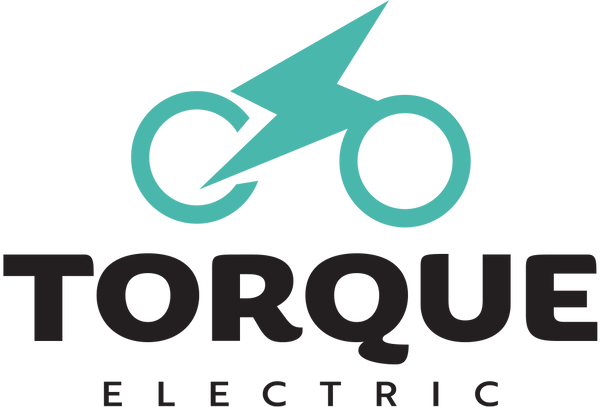What Makes An E-Bike An E-Bike?
Put simply, an electric bike, or e-bike, is a conventional bicycle that has been fitted with a battery-powered motor to provide some assistance to the rider. In the UK and most other territories, this motor can only operate while the rider is actively pedalling and only up to 15.5mph. A separate throttle or a higher top speed, and you have an electric motorbike.
This “pedal-assist” power is plenty to take the sting out of hilly sections of a ride, or to keep up the pace into that headwind. The end result is a bicycle that you can ride further, for longer, or just with less effort involved!
Are There Different Types?
Oh yes. Just about every discipline of cycling now has its e-bike contingent – that’s a conversation all of its own. Style of riding aside though, the key differences you will find among electric bikes are the motor systems.
The two most commonplace electric drive designs are hub motors, and mid-drive motors. Hub motors power the wheel they’re fitted to – usually the front – directly. Hub motors have been around for a while now, and as they are easier to mass-produce and don’t require a specific frame design, it’s possible to make electric bikes at a lower price point using these. The batteries for hub motors are almost always mounted externally for easy removal.
Now that e-bikes are becoming more established, mid-drive motors are becoming the more prominent option. They require an e-bike specific frame design, but as these bikes become more popular this is more economical to do – and it also enables the manufacturer to include a tonne of tidy features. For example, the battery can be tucked away inside the tubing. This means it doesn’t need to be removed while cleaning, and the lower position creates a better handling bike. These motors are also more efficient, particularly at low speeds while climbing hills. This is because they apply power to the existing drivetrain of the bike, making use of the gears in the same way you do. The downside to this is that this additional force on the drivetrain can wear out parts a little faster.
Currently, mid-drive motor systems are a little more expensive than the hub motor options, but this is also the area that the industry is focussing on for development – so the performance is getting better all the time.
How Does The Motor Know I’m Pedalling?
As the pedals turn, signals are sent from electronic sensors that trigger the motor. These either measure how quickly you are pedalling (your cadence) or how much effort you’re putting in (the torque). The software behind the motor system figures out how much assistance to give based on this pedalling information – for instance, many mid-drive motor systems use torque sensors to identify when you’re struggling and up the power to help!
Many electric bikes offer multiple levels of assistance, to allow you to stretch the range or go for as much free speed as possible. There are even bespoke apps allowing you to tailor the settings to your preferences, right down to the acceleration rate!
How Far Can E-Bikes Go?
The short answer is, just as far as any other bike! The difference is that you’ll only get that assistance for so much of the trip. Electric bikes designed with shorter trips and commuting in mind often come with smaller battery capacities to keep costs and weight down, but a range of 100 miles is not unheard of. Naturally, there are a number of factors at work when it comes to exactly how far the battery will get you: if you’re carrying a lot of luggage, or riding uphill for an hour, then that range will be shorter.

